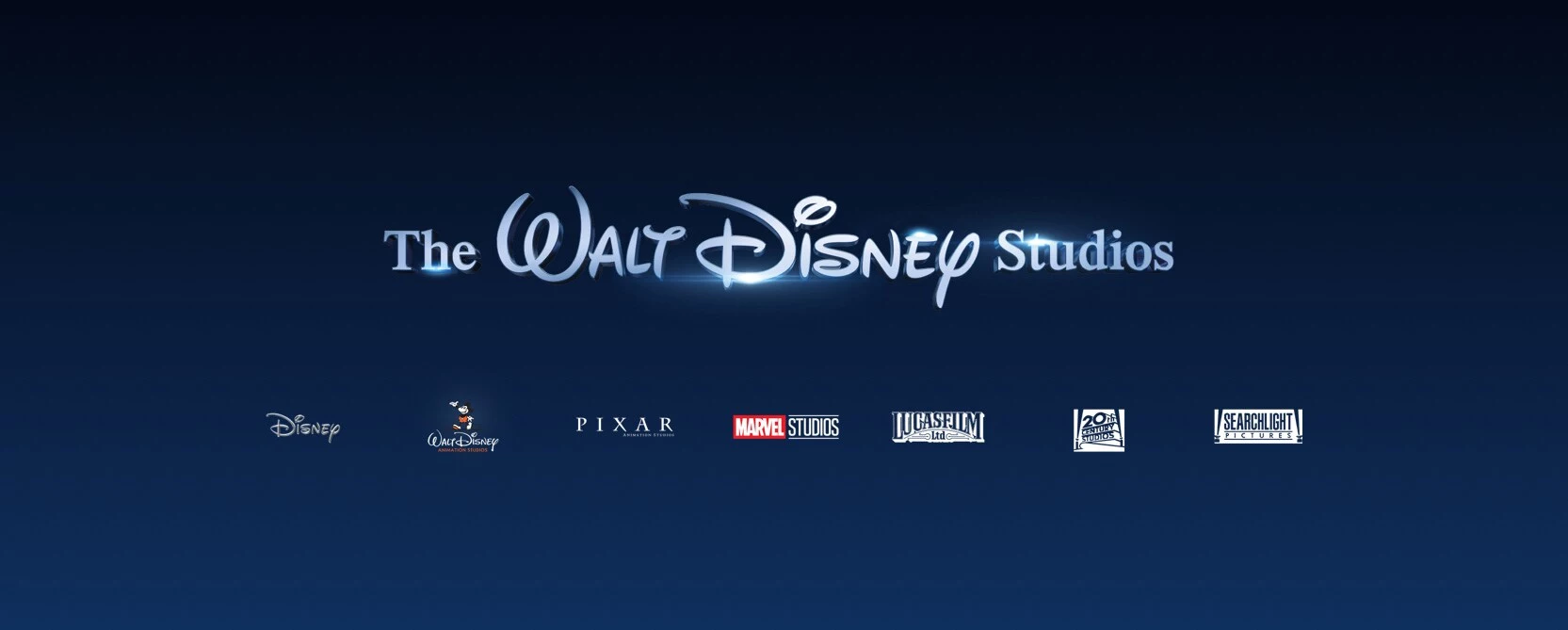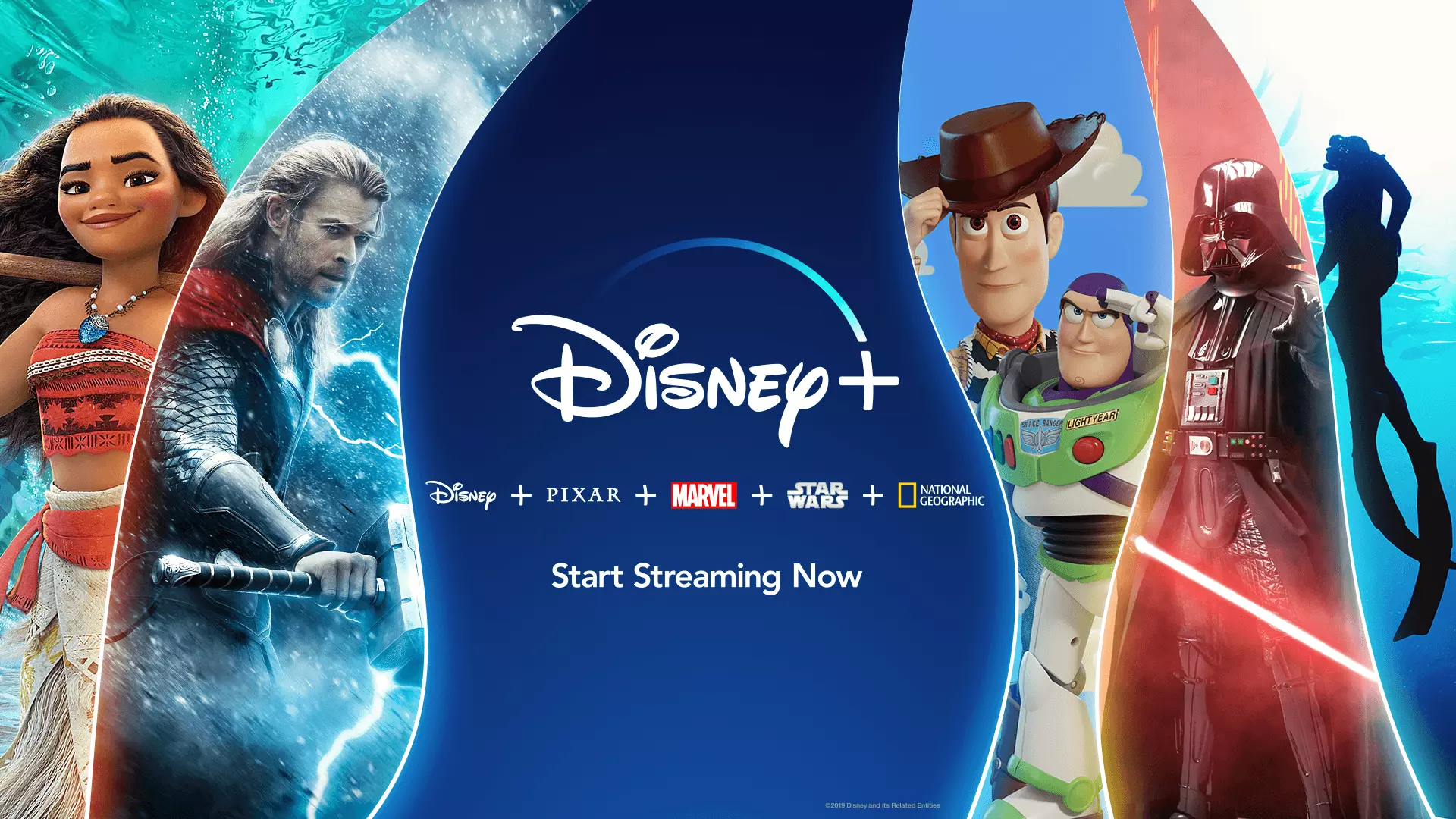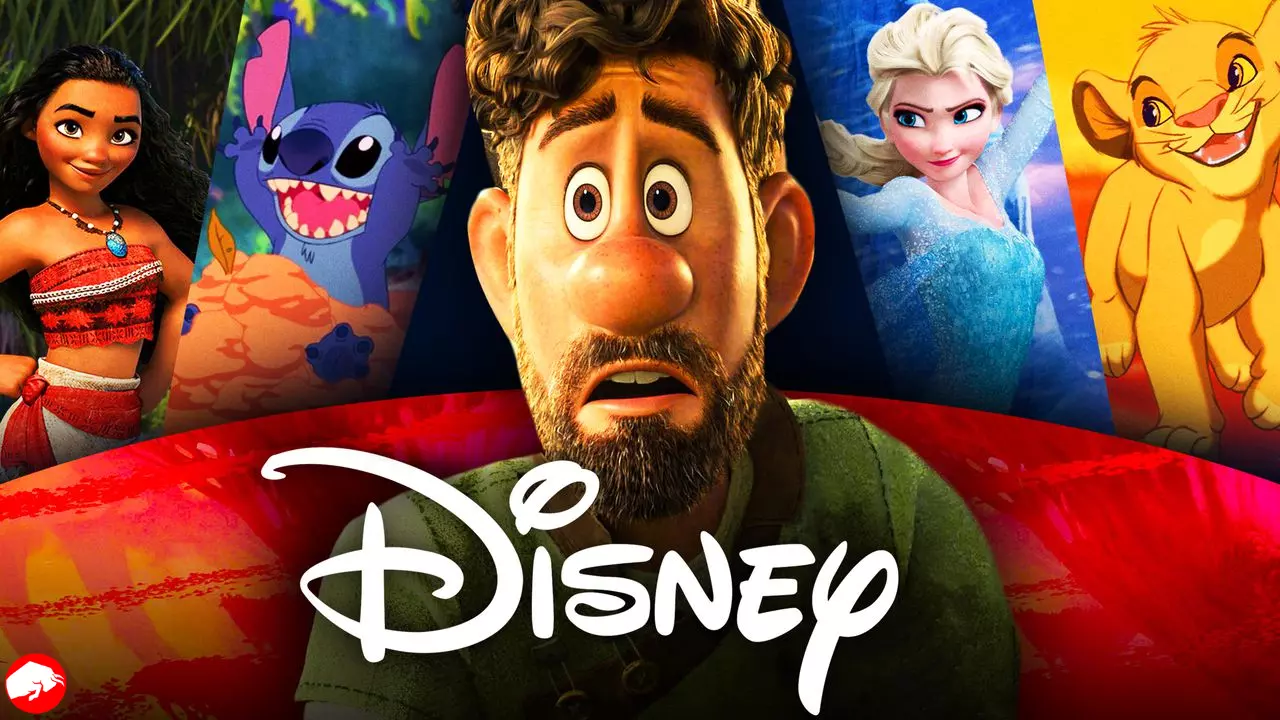Once regarded as an impervious cinematic powerhouse, Disney has been confronted with the stark reality of shrinking box office revenues, creative slumps, and costly film flops, shattering the veneer of invulnerability that the studio had maintained over the past decade.
The Cracks Begin to Show

Though Disney has long proven adept at navigating the film industry’s seismic shifts, bolstered by its trove of key properties such as Marvel, Lucasfilm, and Pixar, the year 2023 revealed fractures in its well-structured façade, a series of box office disappointments, including the disheartening release of “Ant-Man and the Wasp: Quantumania,” “The Little Mermaid,” “Elemental,” and the $300-million investment in “Indiana Jones and the Dial of Destiny,” dealt considerable blows to the movie giant. These films, which seemed destined for box office success on paper, fell disappointingly short of filling theater seats.
“It’s more difficult than ever to release a film worldwide. The international landscape has changed. It’s not close to back,” states Jeff Bock, an analyst with Exhibitor Relations.
The Shifting Box Office Landscape
Despite these setbacks, Disney still comfortably outperforms its rivals in 2023’s market share, holding a firm grip on 37% of the industry’s revenues. However, a closer look reveals a palpable shift in ticket sales, with Disney’s 2019 record of seven films crossing the billion-dollar mark now seeming like a distant memory. Additionally, critical reviews for recent releases have not been particularly favorable, casting further doubts on Disney’s past infallibility.
Simultaneously, Disney’s aggressive tentpole strategy has saddled its movies with high production and marketing costs, necessitating a higher breakeven point at the box office than its competitors. With international box office takings dwindling due to geopolitical tensions and changing preferences, these budgets become riskier, posing significant challenges to the studio’s profitability.
Wrestling with the Streaming Shift

Moreover, Disney’s struggles are compounded by the spotlight on streaming and some creative shortfalls. With the launch of Disney+, audiences are now more likely to wait for films to land on the platform rather than make multiple trips to the cinema.
“People have become conditioned to expect that things will quickly appear on Disney+,” notes Neil Macker, a senior equity analyst for Morningstar Research Services.
This shift in viewing habits is seen to have most acutely impacted Pixar. Disney’s animation giant has been grappling with a shift in audience preferences, as family audiences have been conditioned to watch movies at home due to several of Pixar’s titles being released directly on Disney+ since the onset of COVID.
Navigating Creative Crossroads and Financial Hurdles
Disney’s financial woes are aggravated by increased competition in the animation sphere and a trend toward leaner budgets. While Universal’s “The Super Mario Bros. Movie” grossed over $1.3 billion globally on a $100 million budget, Pixar’s “Elemental,” produced on double the budget, has yet to cross the $200 million mark. Critics attribute this to a shifting audience preference toward more mainstream narratives over Disney’s more nuanced, emotional storytelling.
“Pixar is becoming an anemic brand. It’s fallen so far from the days in which anything it released would blow the doors off,” remarks Paul Verna, principal analyst at Insider Intelligence.
Similarly, Disney’s once mighty “Star Wars” franchise has lost some of its box office allure, with many high-profile projects caught in development limbo. Meanwhile, the success of series like “The Mandalorian” and “Andor” on Disney+ indicates a change in consumption patterns that the studio must navigate.
The Road Ahead for Disney
Disney is left grappling with tough questions. How will they manage costs without compromising on the quality of their output? What’s the best balance between big-screen releases and streaming offerings? What will Disney’s evolution look like in the face of these myriad challenges?
“If you cut costs, do you degrade the quality of the product? If you spend less, do people like the movies you are making less? And how much and how fast can you start cutting?” Brandon Nispel, an equity research analyst with KeyBanc Capital Markets, asks.
Further complicating matters is Disney’s media empire’s larger financial landscape. The company is simultaneously contending with Wall Street’s skepticism over Disney+’s profitability, concerns about customer alienation due to higher park prices, and the rise of cord-cutting, which threatens cable properties like ESPN.
Although a strategic course correction could potentially steady Disney’s ship, the long production timelines of major movies mean that changes won’t yield immediate effects. Nonetheless, the industry will be closely watching how the studio, once the invincible titan of the box office, adapts to these punishing realities and charts its course for the future.
In the words of Paul Verna, “It takes a long time for a big ship like Disney to change course.” Indeed, it seems that Disney’s journey through these troubled waters has only just begun.
Source: Variety









